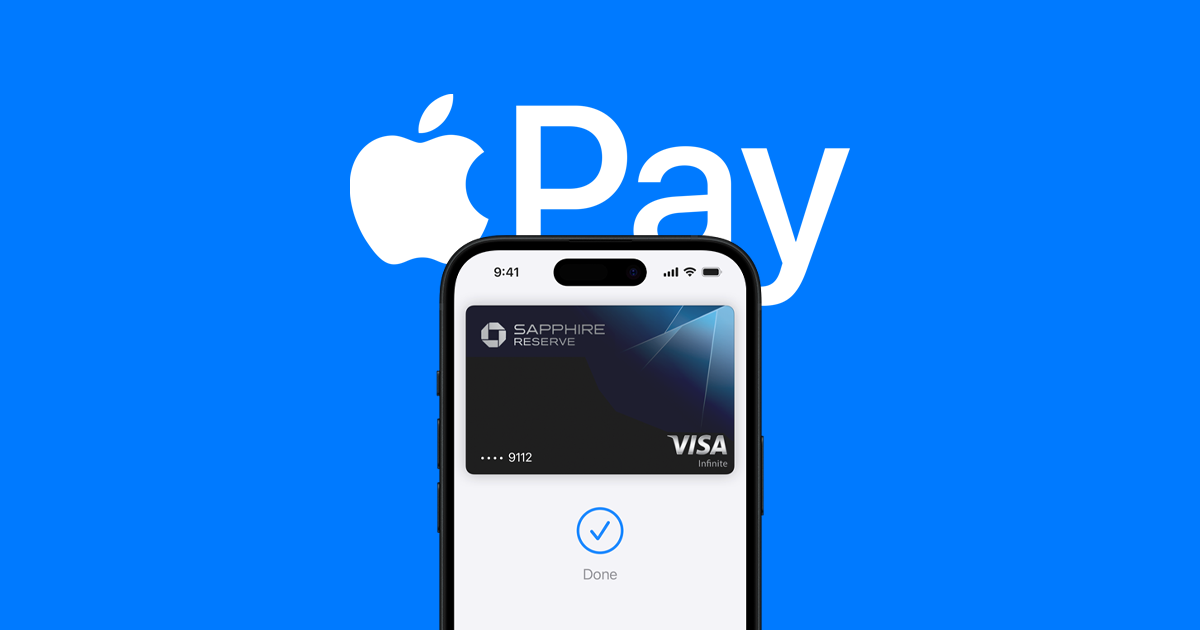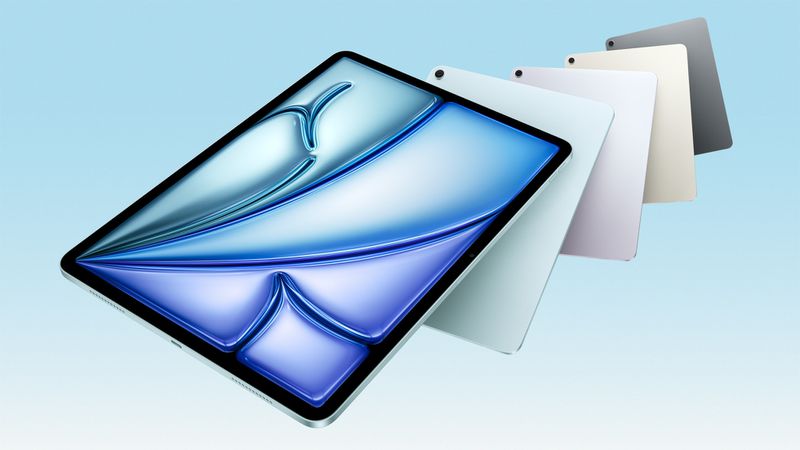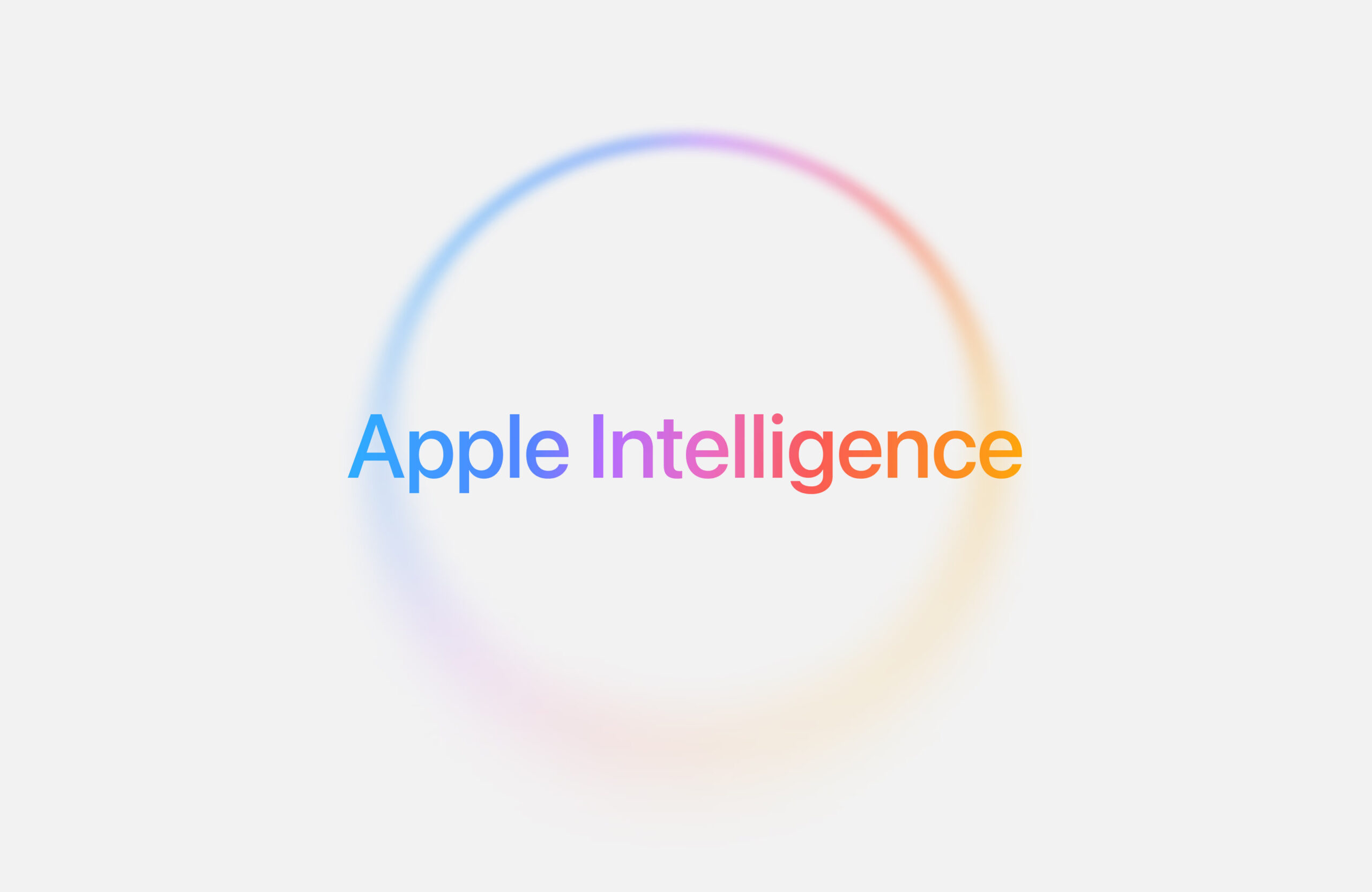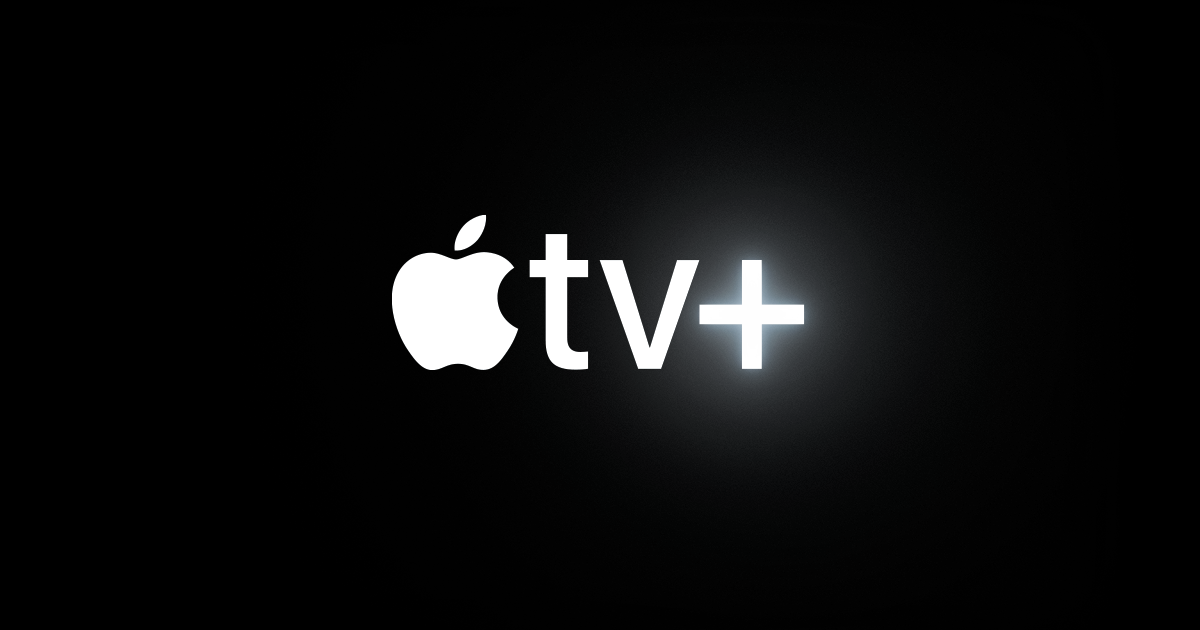The world of digital finance is in constant flux, with new technologies and partnerships emerging seemingly every day. Consumers are increasingly demanding flexible payment options, and companies are scrambling to meet this demand.
Recently, whispers began circulating about a potential new player entering the buy-now-pay-later (BNPL) arena within the Apple Pay ecosystem, sparking considerable interest and discussion. While the initial information proved premature, it highlights an important trend: the growing integration of BNPL services into established digital wallets.
For years, traditional credit cards dominated the landscape of deferred payments. However, the rise of BNPL services has disrupted this model, offering consumers alternative ways to manage their spending. These services typically allow customers to split purchases into multiple installments, often with interest-free periods or low-interest rates. This model has proven particularly attractive to younger demographics and those seeking more control over their budgets.
Apple Pay, a dominant force in mobile payments, has been actively exploring ways to incorporate these flexible payment options. Initially, Apple ventured into the BNPL space with its own service, Apple Pay Later. This initiative allowed eligible users to divide purchases into four equal payments spread over six weeks, without incurring interest or fees. This move signaled Apple’s intention to provide users with seamless and integrated financial tools directly within their devices.
However, Apple subsequently shifted its strategy, opting to partner with established third-party BNPL providers. This strategic shift reflects a broader trend in the tech industry, where companies are increasingly focusing on core competencies and leveraging partnerships to expand their service offerings. By collaborating with specialized financial institutions, Apple can provide a wider range of BNPL options to its users without having to manage the complexities of direct lending and regulatory compliance.
Currently, Apple Pay users in the United States have access to BNPL services through partnerships with companies like Affirm and Klarna. These integrations allow customers to seamlessly select financing options at the point of purchase, streamlining the checkout process and offering greater financial flexibility. This integration is a significant step towards normalizing BNPL as a standard payment method within the digital wallet ecosystem.
Recently, speculation arose regarding the potential addition of Synchrony to Apple Pay’s roster of BNPL partners. Information briefly surfaced suggesting that Synchrony would soon be available as a financing option within the Apple Pay checkout experience. This news generated excitement among consumers and industry analysts, suggesting a further expansion of BNPL options within the Apple ecosystem. However, this information was subsequently retracted, indicating that the integration is not yet finalized.
Despite the temporary retraction, the very possibility of Synchrony’s inclusion underscores the increasing importance of BNPL within the digital payment landscape. Synchrony, a well-established consumer financial services company, brings significant experience and resources to the table. Its potential integration with Apple Pay would likely offer users a wider range of financing options, potentially including longer repayment periods and varied interest rates.
The evolving relationship between digital wallets and BNPL services is transforming the way consumers manage their finances. By offering seamless access to flexible payment options, these platforms are empowering users with greater control over their spending and budgeting.
While the specifics of future partnerships and integrations remain to be seen, one thing is clear: BNPL is here to stay, and its integration within established digital ecosystems like Apple Pay will continue to shape the future of commerce. The initial information, though premature, serves as a clear indicator of the direction the digital payment industry is heading. As technology continues to evolve, we can expect even more innovative and flexible payment solutions to emerge, further blurring the lines between traditional finance and the digital world.








